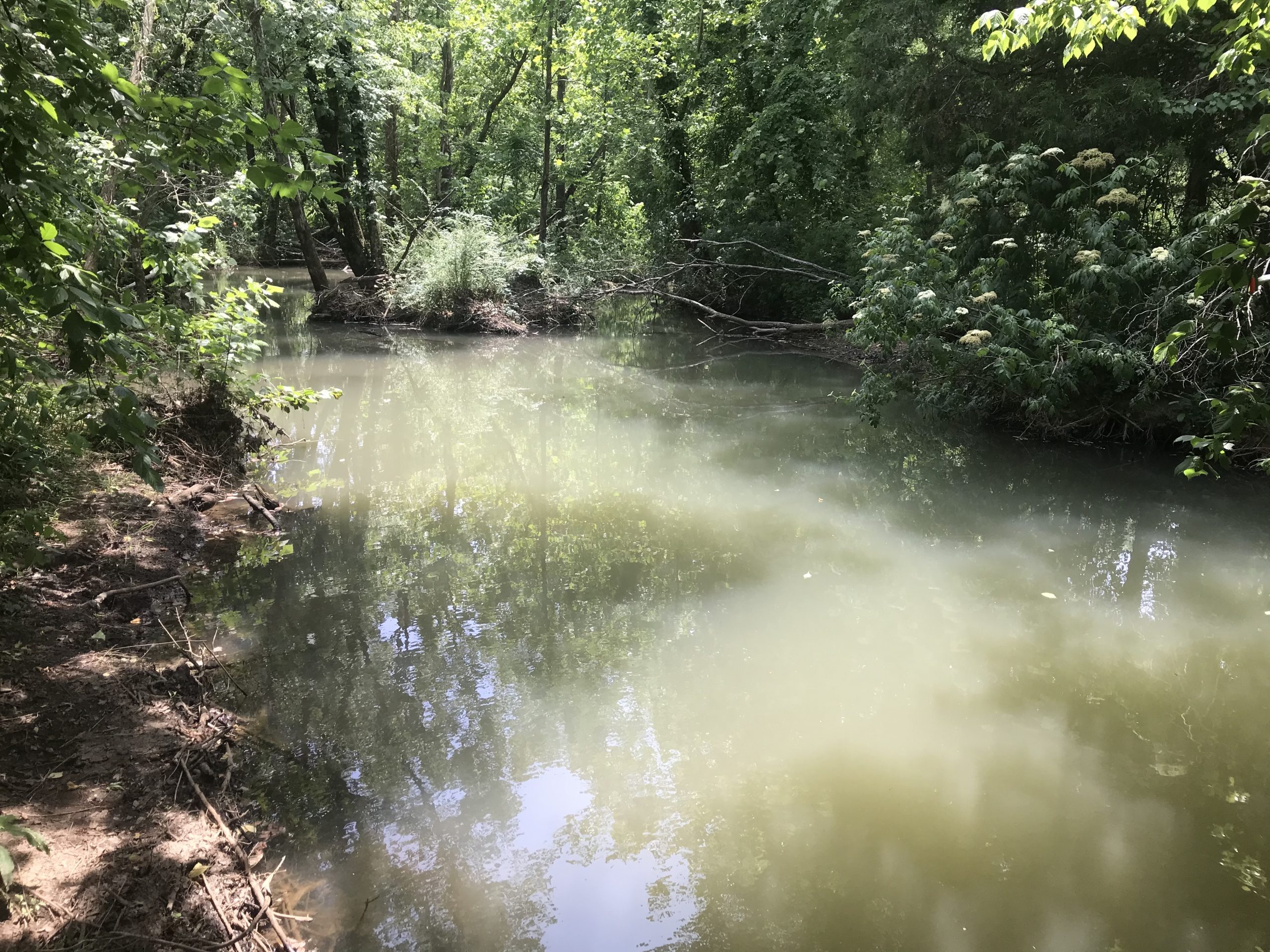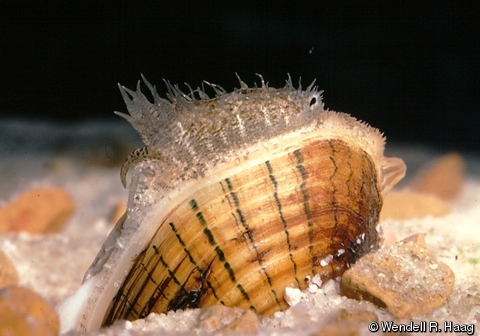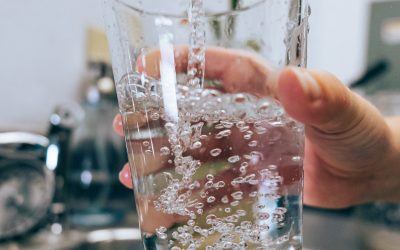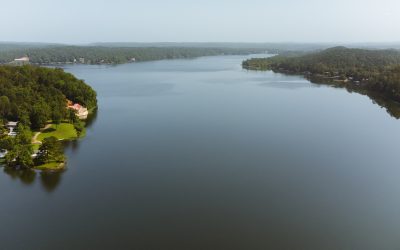This year’s summer bacteriological intensive study on Choccolocco Creek, a tributary to Logan Martin Lake, has concluded! Now that we have had some time to digest the data, here are some of the major findings from this year’s sampling:
- 4 of the 6 sites along Choccolocco Creek exceed water quality criteria for E. coli for its use classification
- 2 of the 3 sites along tributaries along Choccolocco Creek exceed water quality criteria for E. coli. These include Cheaha Creek and Eastaboga Creek
You probably have several questions in mind about this data and what we plan on doing with it. The first things you need to know about are use classifications and impairment status.Use classification is pretty much what it sounds like- how that river, creek, stream, etc. is used!
The uses in Alabama for our waterways are:
- Outstanding Alabama Water
- Public Water Supply
- Shellfish Harvesting
- Swimming and Other Whole Body Water-Contact Sports
- Fish and Wildlife
- Limited Warm-water Fishery
- Agricultural and Industrial Water Supply
Click here to read more ADEM’s methodology for categorizing Alabama’s waters. The important take away from knowing these use classifications is to know the level of how good the water quality needs to be to maintain that use. Our sampling locations along Choccolocco and tributaries are either designated as Swimming or Fish and Wildlife-the water quality data that we collected shows that the water quality is not good enough to maintain those uses. When a waterbody does not meet the water quality standards for its use, it is supposed to get listed as a 303(d) impaired stream.
- Hold on, what is that? The 303(d) part refers to a specific part of the Clean Water Act which describes how waterbodies are listed as being impaired and requires a plan to have those waterbodies attain the necessary water quality standard.
- What are the plans called? These plans are called Total Maximum Daily Loads (TMDLs), which set limitations on how much of specific pollutant can enter a waterbody to ensure that the waterbody maintains the water quality standards for its use classification. Our sampling focused primarily on E. coli, one of multiple standards that a waterbody can be listed as impaired for.
Whew, that was a lot! So, what do we plan on doing with this information?
We plan on sending our data to the Alabama Department of Environmental Management (ADEM) to show that Choccolocco Creek, Eastaboga Creek, and Cheaha Creek are not meeting water quality standards for their use classifications.
In order for Choccolocco Creek and tributaries to meet these water quality standards, it is of the utmost importance that Choccolocco Creek remain on the 303(d) list, that Cheaha Creek and Eastaboga Creek be listed on the 303(d) list, and that each of these waterbodies have appropriate TMDLs to reduce the amount of pollution going in them.





